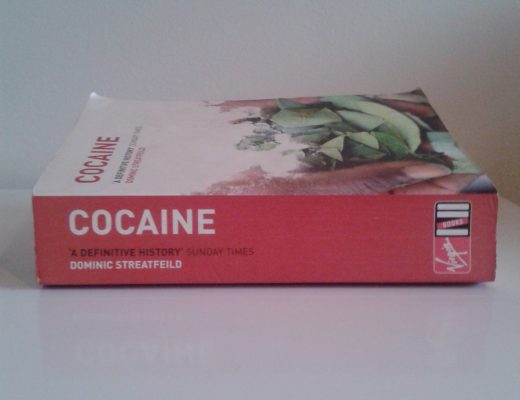I’m focusing on South African Sauvignon Blancs and Chenins in my blog today after a comprehensive tasting organised by Wines of South Africa yesterday.
There’s been a lot of hype re South African Sauvignon lately, so expectations were high. The style is definitely not European as it has often has pungent gooseberry and grassy fruit, and the alcohol levels are too high to be from the Loire. But it’s quite different to New Zealand too: it doesn’t have that tropicality or pyrazine character of Marlborough (here comes the science, drop down to the next paragraph if you don’t want to know! Pyrazines are flavour compounds with a green capsicum/canned asparagus or leafy character and are commonly found in Cab Sauv and Sauv Blanc. The character, in Jancis’ words, ‘drops markedly during ripening, as does the herbaceous character, and more so with increased sun exposure…concentrations are higher for grapes grown in cooler climates’).
The style was varied in quality and character with Jordan’s in Stellenbosch even making an oaked SB. Why you’d want to put Sauvignon Blanc in oak I don’t know, but the Jordan’s are decent winemakers so there must be a good reason (I will email to ask and let you know…). Typically the gooseberry and grassy character came through on the better wines with some apple sauce too. Mmmm, apple sauce. If I had to make a couple of criticisms, it would be that on a number of wines, the acid was too high – almost abrasive – giving my teeth a real bruising. A few had excessive alcohol levels too. I don’t want a 14%+ Sauvignon Blanc thank you. Screwcaps were out in force and I have to admit there were struck match/rotten egg aromas on some of the wines (more science: hydrogen sulphide and mercaptans with those egg aromas tend to form under screwcap’s anaerobic conditions).
Generally the standard was quite good. I doled out quite a lot of bronze and silver marks but the only gold-medal worthy wine was the 2008 Cederberg Sauvignon Blanc (£12.15, sawinesonline) which also took a regional trophy at the Decanter World Wine Awards this year. It had a lovely concentrated core of grassy and spicy gooseberry fruit with mouthwatering acidity and, unlike some of its fellow Sauvignon Blancs, the alcohol was beautifully integrated.
Chenin Blanc
This was another mixed bag from unoaked light styles to full-on oak dominant. Chenin Blanc generally has racy acidity and a Chardonnay-like weight and texture in the mouth, and this came through on many wines. Those retailing around the £6-7 mark were rather dull and a bit dilute. Once you get above £10, quality inevitably gets better. These higher quality wines had quite a lot of toasty and nutty oak on them as well as peach and apple skin fruit, slightly warm alcohol, and tight acid on the finish. They also showed good concentration of fruit and a long finish.
I couldn’t find a gold winner in the pack but there were plenty of silvers: 2008 Cederberg (£10.90, sawinesonline), 2008 Beaumont Hope Marguerite (£11.99, Forth Wines), 2007 Jordan (£8.99, sawinesonline; Noel Young Wines), 2007 Bellingham’s The Bernard Series (£9.99, Majestic) and, probably my top wine was 2007 Simonsig Chenin Avec Chene Blanc (£11.99, sawinesonline).
The reds
Pinotage and Shiraz was also shown but by that time fatigue and hunger had kicked in, and the beef butties at the tasting ended up being more appealing!
I’m not a tasting muppet after all…
Judging update from my last post: we got our results back from our judging day with the AWRI today. And I’m happy to report there were only three out of 30 people at the tasting that were more reliable than me at the day – and with more than six MWs in the room – I’ll take that and run. (Reliability, in the words of the AWRI is a measure of scoring consistency, or the ability of a judge to reproduce results on different occasions. A value close to +1 indicates good consistency, a score close to 0 indicates a random scoring pattern, and a score close to –1 indicates that the score given on one occasion was the opposite of that given on another. I got 0.60).

